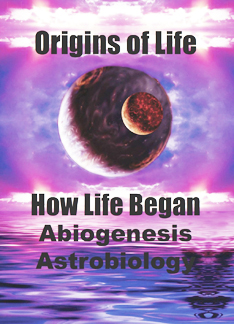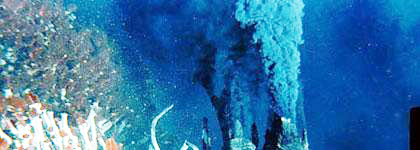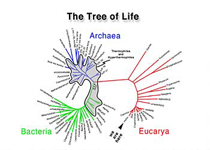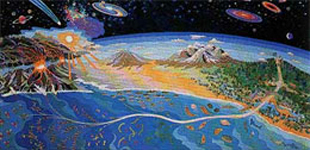Michael
Russell
Planetary Chemistry and Astrobiology
Jet Propulsion Laboratory
California Institute of Technology
Michael Russell’s research into the emergence of life and early evolution will help determine whether earth alone supports life in our universe. He theorizes that oxygenic photosynthesis, acting upon iron sulfide deposits in volcanic, oceanic vents, allowed the precursors of protein and RNA to form. Dr. Russell’s study of 360-million-year-old mineral deposits in Ireland led to the insight that iron sulphite cells may have provided three-dimensional molds for the first cell walls.
His groundbreaking research led to a tour of North America as the Society of Economic Geologists’ distinguished lecturer in 1984. In June 2009, Dr. Russell was awarded the William Smith Medal from the Geological Society of London for his lifetime contribution to applied geology.
Since 2006, Dr. Russell has tested his theory as a NASA Senior Research Fellow at the Jet Propulsion Laboratory, California Institute of Technology, Pasadena. In addition, a number of ongoing international collaborations have bolstered his original narrative of the hydrothermal origin of life as a result of geological, geochemical and tectonic forces. Russell has been featured on two BBC programs, including “Origin of Life” and “Life on Mars.”
Russell did his undergraduate work at the University of London in Geology and Chemistry, took his PhD at University of Durham on Mineral Deposit Geochemistry, taught at the University of Glascow, and was a visiting Professor at the University of Grenoble.
|
What is the origin of life? How did life begin? Is there life on other planets? Are we alone? These are questions which have been asked for thousands of years. The first steps toward life began in a state of disequilibrium whereas the chemicals for life came from the stars and were churned together in deep sea thermal vents. Viruses may have served as mobile RNA worlds, injecting the necessary genetic elements into proto-cells thereby fashioning the first living cell.
Obviously, there must have been an evolutionary progression beginning with simple chemical compounds to proto-life, then to DNA-equipped life capable of replicating itself. Those prebiological evolutionary steps may have taken place in submarine alkaline hydrothermal vents and required various chemical interactions and divisions involving amino acids, polyphosphate-peptide synergy, the creating of biosynthetic pathways and the emergence of sparse metabolic network, and the assembly of pre-genetic information by primordial cells, with some championing compartmentalizaton, others, vesicles, and all this leading to an RNA world in which viruses and retroviruses played an important part.
The origin of life and evolution of prokaryotes was not a matter of chance, but deterministic, probable and necessary and that these bioenergetic principles are likely to apply throughout the universe and on planets and moon in our own solar system, including Mars, Titan, and Europa. Some life forms may be based on arsenic, silicon, sulfur, and ammonia.
Others may dwell deep beneath the surface of water worlds which are common in the universe. Some may have evolved on planets like our own. This means: life is everywhere, and, we are not alone.
|


|





